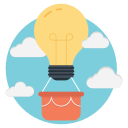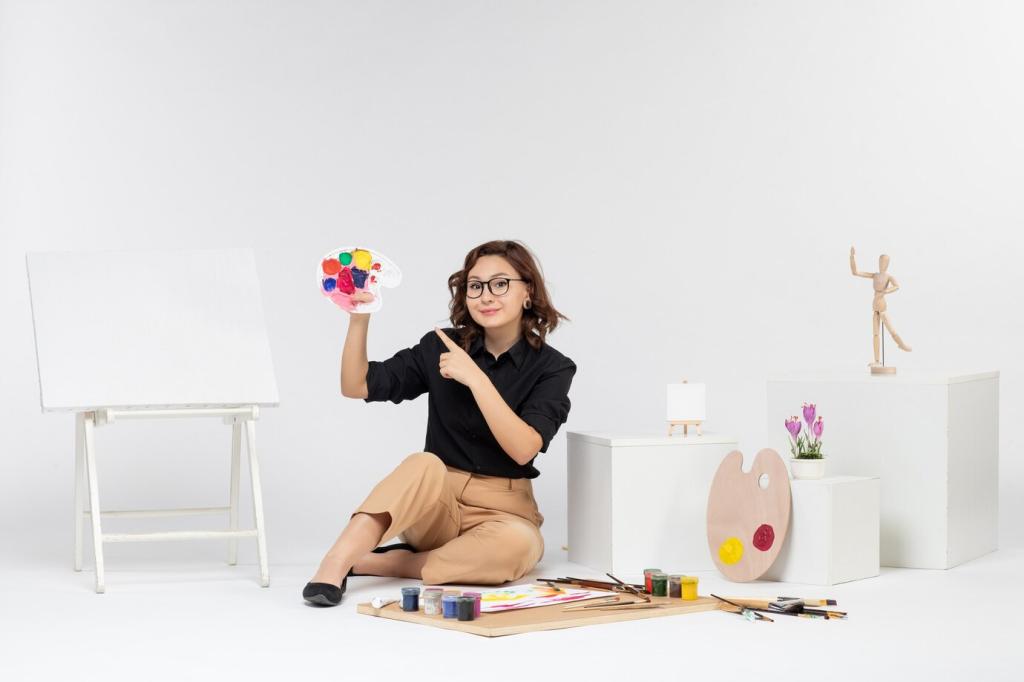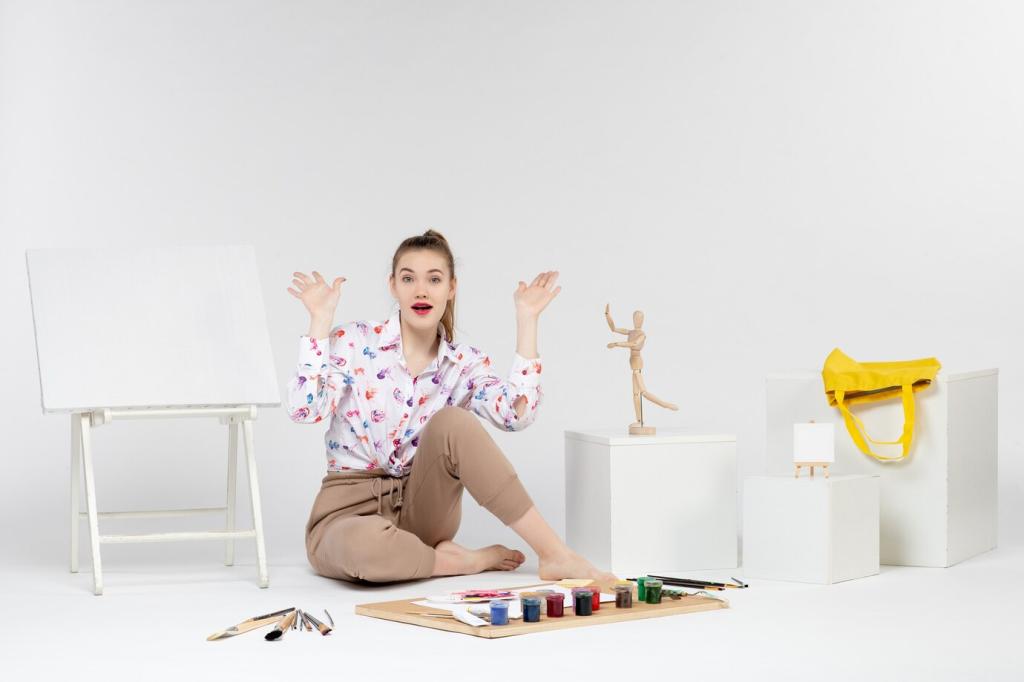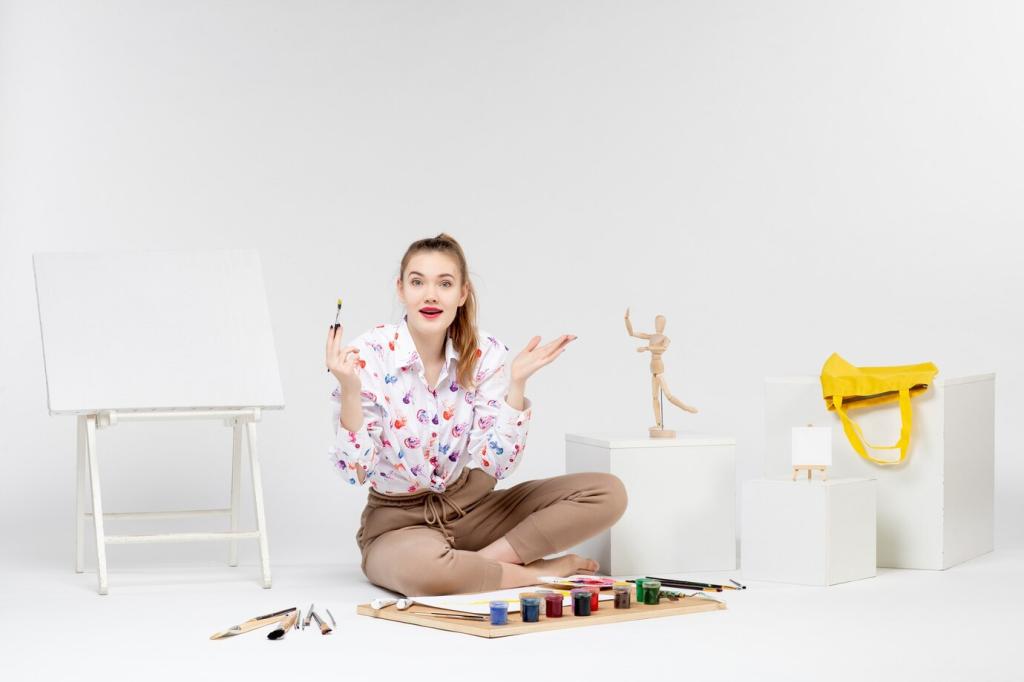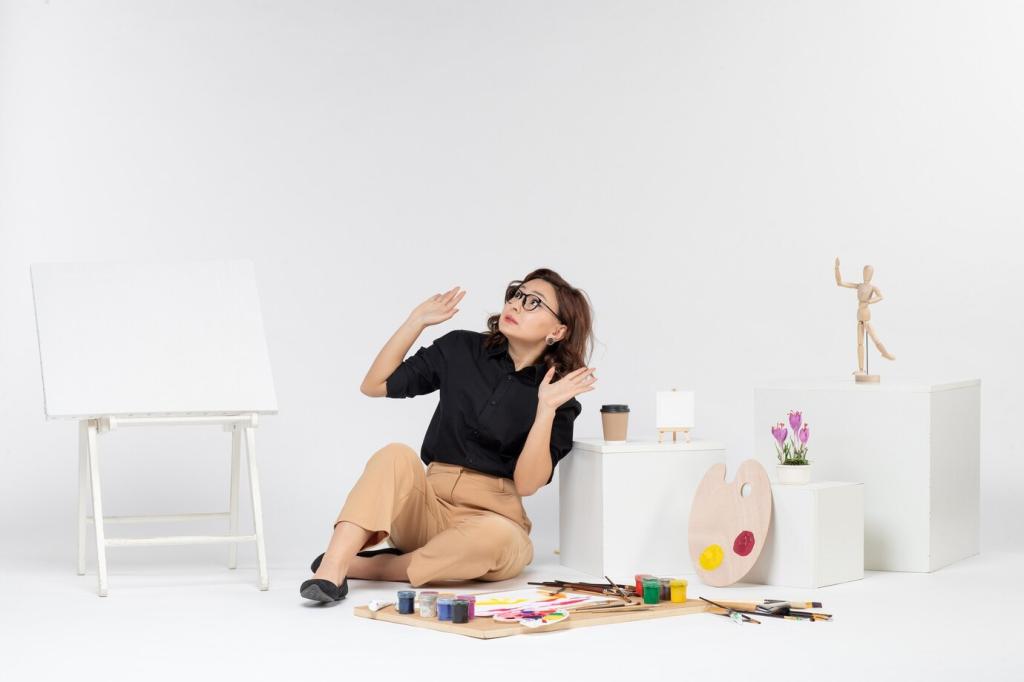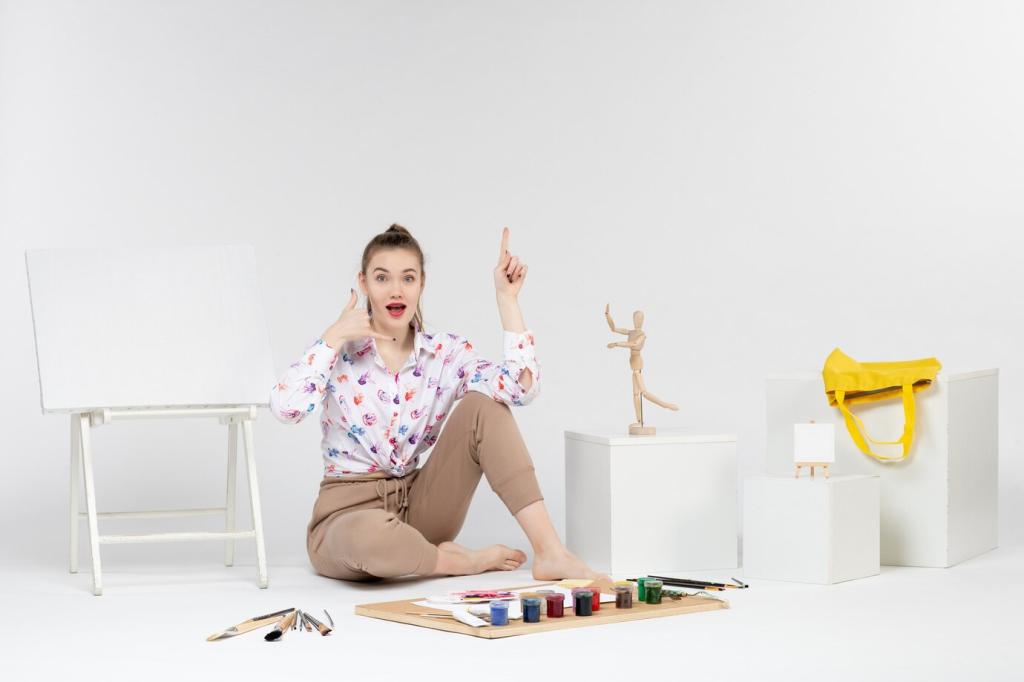Designing a Sustainable Hobby Habit That Fuels Creativity
Commit to tiny, consistent sessions instead of heroic marathons. Ten minutes of calligraphy drills or lock-picking practice, repeated daily, trains muscle memory and confidence, keeping the door to creativity open even when your calendar is overfull.
Designing a Sustainable Hobby Habit That Fuels Creativity
Lay out tools the night before and keep your kit portable. Visual cues—an open sketchbook, a waiting terrarium misting bottle—reduce activation energy, nudging you into action before resistance can gather strength or excuses can multiply.
